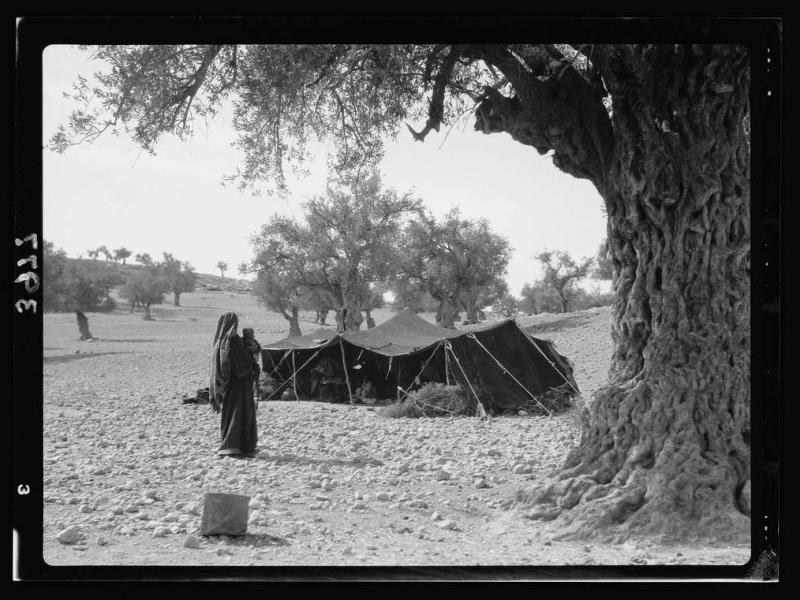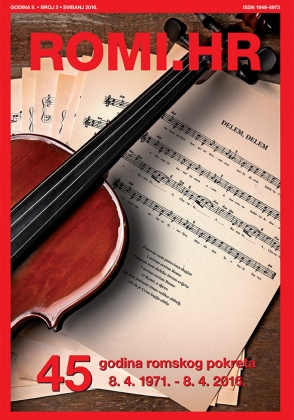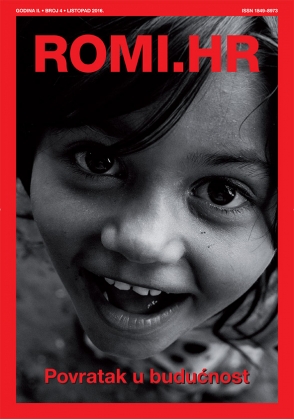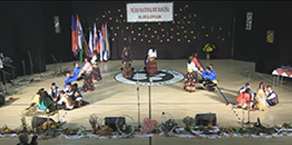Focus ROMI.HR
/Although rare and often misunderstood today, nomadic culture has shaped the lives of people around the world for millennia. In the heart of Moscow, the Museum of Nomadic Culture offers a unique insight into the everyday lives of numerous nomadic peoples — from Mongolian steppes to Roma tents — and preserves the memory of a way of life that still holds invaluable value for humanity.
One of the most unique phenomena in world history - nomadic culture - goes back many millennia. The history of mankind arose this way. Our ancestors did not know the division of territories, states and regions came much later. Such a lifestyle was a part of who they were. They formed tribes and learned to survive in the conditions given by nature, having been its integral part, recognizing the primacy of natural phenomena and moving from one place to another in search of food, water, and resources. From time immemorial, our planet has been home to dozens and hundreds of nomadic peoples, whose activities were based on animals’ domestication. Depending on the season, families migrated from one pasture to another. In the context of the world's transition to sedentarisation, urbanization and globalization, nomadic culture has become something mystified and incomprehensible. Despite all the modern technologies of the 21st century, there are still few people who know for sure what value each of the nomadic cultures carries. Nowadays, attitude towards the wandering lifestyle is mostly forgotten and in many cases distorted by historically established stereotypes and misconceptions.
An attempt to lift the curtain of mystery around nomadic tribes was made by the Museum of Nomadic Culture. It was founded by a geography teacher at one of the Moscow schools, ethnographer, scientist and writer Konstantin Kuksin. The idea came to him in the summer of 2003, when, during his vacation, he went on his first expedition to Mongolia, and not just to one of the populated areas, but to a nomadic camp. After several months of stay, Kuksin returned with his first exhibit - a real Mongolian yurt. The Museum quickly began to attract attention and develop. Over the 20 years of its existence, the Museum team has been on expeditions to almost every continent and collected more than sixty expositions, while the main fund consists of more than fifteen thousand items.
Now this place is a large open-air space. Each excursion is a 2-hour immersion into the everyday reality of a nomadic people. The exhibition suggests the presence of a dwelling, a traditional tent. In total, there are 16 of them: a Masai Hut of the people in East Africa, an Indian Tipi from the western part of the USA, Shaters of the Tuareg and Bedouins of the Central Sahara, a Roma Tent from Bulgaria, Kyrgyz and Mongolian Yurts, a Nenets Choum from the Yamal tundra, a Yaranga of the Chukchi people of Far East Russia, a Tent of people from Tibet and a Tsaatan Choum from the north Mongolia. Peculiarly, all the buildings are original and previously they were used by nomadic peoples. You can touch them, as well as the furniture and other daily-use items located inside.
In addition, the Museum also has one of two Buddhist temples in Russia. If you have already been on several excursions and want to learn more, the Museum invites you to visit a library and a Yurt of fairy tales. The Yurt of fairy tales is a place that has absorbed the folklore of various peoples, their myths and stories. There, even the youngest visitors can go into a world of fantasy and amazing adventures based on traditions and different ways of life. Furthermore, in the Museum you can, like a nomad, try to ride horses and do archery.
It is important to note that one of the nomadic cultures presented is Roma culture. Upon entering the Roma tent, a visitor finds himself in the realities of life of one Bulgarian Roma clan, recreated based on the expedition of the museum staff. The space is covered with bright scraps of fabric and carpets. Each of the walls is hung with tapestries depicting different cultural scenes and handed down to the Roma family from generation to generation: on one side several people are riding horses against the background of a mosque with a stolen bride in their hands. To the left of them hangs an image of a Roma feast with songs and dances. On the other side, there is a tapestry with Spanish motifs of Flamenco, near which is a large image of Jesus Christ. At the head of the wagon, there are several Orthodox icons. The decoration of the room is filled with theatrically established national wardrobe items: leather boots, skirts, and a black hat with a wide brim. In addition, there are several types of guitars, a harmonica, kitchen and equestrian items.
The guide, who meets you in clothes that are seen as related to Roma traditions, will tell you about Roma history. For example, the history of Roma in Byzantium, about how, once on the territory of modern France, the people became legally nomadic by decree of the King. Participants of the excursion will learn about the phenomenon of Pokaleosis, the art of fortune telling, matchmaking traditions and much more. During their journey, visitors try traditional flatbread and fruit tea, listen to soulful Roma songs and visit the nearby blacksmith shop. All information is provided first-hand because the guide is the same person who lived with the people for several months and adopted all the knowledge.
The Museum has successfully completed its idea and regularly imparts rare knowledge to its visitors. Nomadic culture is a great historical heritage. Unfortunately, not many places in the world can introduce people to Roma culture, their life and traditions. This place is a good attempt to shed light on peoples unknown to the modern world.
 Back to Focus
Back to Focus













